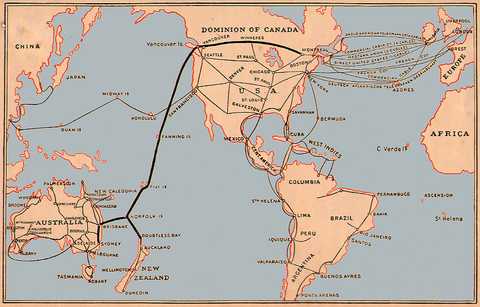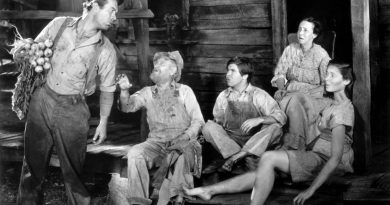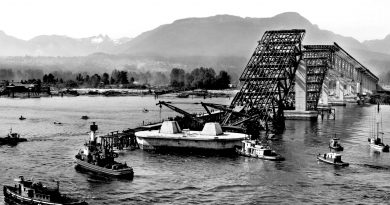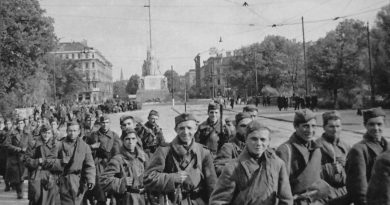The Pacific Cable
The Vancouver Board of Trade marked with real enthusiasm the completion October 31, 1902 of the Pacific Cable, which in the words of the Province, was an “epoch-marking event in the history of the British Empire.” Vancouver would now be able to communicate instantly with places as far-flung as Great Britain and Australia over the 7,200 miles (11,500+ km) of the cable. “The completion of this new electric band,” the report continued, would assist in disseminating knowledge, and interest in the Colonies would be stimulated through it . . .” President Malkin told the members that “a loyal message had been sent from Vancouver to His Majesty the King, and this message was then read by Secretary Skene. It was greeted with cheers and the singing of the National Anthem, His Majesty’s health being drunk in champagne.” [Edward VII had been crowned August 9th this year. That “National Anthem” would have been God Save the King.]
Sir Sandford Fleming, who had been pushing for the cable for years, had been quoted as saying that it was British Columbia’s offering of $1 million toward the work that was “the turning point, and from that time forward success was assured.” Special regard was paid to Board member Francis Carter-Cotton, then a provincial cabinet minister, who had been instrumental in the government making the offer. And a very special telegram was received from Ottawa: “I sincerely rejoice over the complete and successful opening of the new method of communication between Canada and the Orient,” it read. “I feel confident that Vancouver and British Columbia will reap very substantial benefits from the same.” Signed, Wilfrid Laurier, Prime Minister of Canada.

far-flung as Great Britain and Australia over the 7,200 miles
(11,500+ km) of the Pacific Cable
The cable, incidentally, began its leap across the Pacific from Bamfield, on the west coast of Vancouver Island, just south of Ucluelet and ended at Fanning Island, an atoll south of Hawaii. The ship Colonia laid the 8,000 tonnes of cable needed.
The major topic at the regular monthly meeting of the Board on December 2, the last meeting of 1902, was a controversy over “street ends,” with the city going to court opposing the CPR’s position on the subject. A careful reading of the newspaper reports shed no further light on the matter; we don’t know what was involved, except that the Board supported the city in its fight against the railway.
A digression: William Farrell, the president of the British Columbia Telephone Company, spoke proudly this year of his company’s friendly relations with subscribers, and the fact that its rates were 50 per cent lower than paid in Seattle or Tacoma. He also said there were more telephones per capita in BC than in any other province, while in Vancouver, “We have more telephones per head than any city in the British Empire.” Unfortunately, labor relations were less tranquil. A month after Farrell’s rosy report, the company locked out its unionized construction workers. It’s mentioned here because a number of prominent business people, including Board of Trade president W.H. Malkin and Hudson’s Bay Co. manager H.T. Lockyer, lined up in support of the strikers.

![[Display of a Pacific cable retrieved from the ocean floor]](https://vancouverhistory.ca/wp-content/uploads/2021/01/9580de13-4898-40eb-8d85-3ad92f50aaee-A32614-800x445.jpg)


